The 7 Lagoons of Isla Contoy
There are 7 lagoons on Isla Contoy, each playing an important role in the life cycle of the island's species. Read on and learn about these...
4 min read
Diana Gonzalez
:
Nov 29, 2021 1:48:07 PM
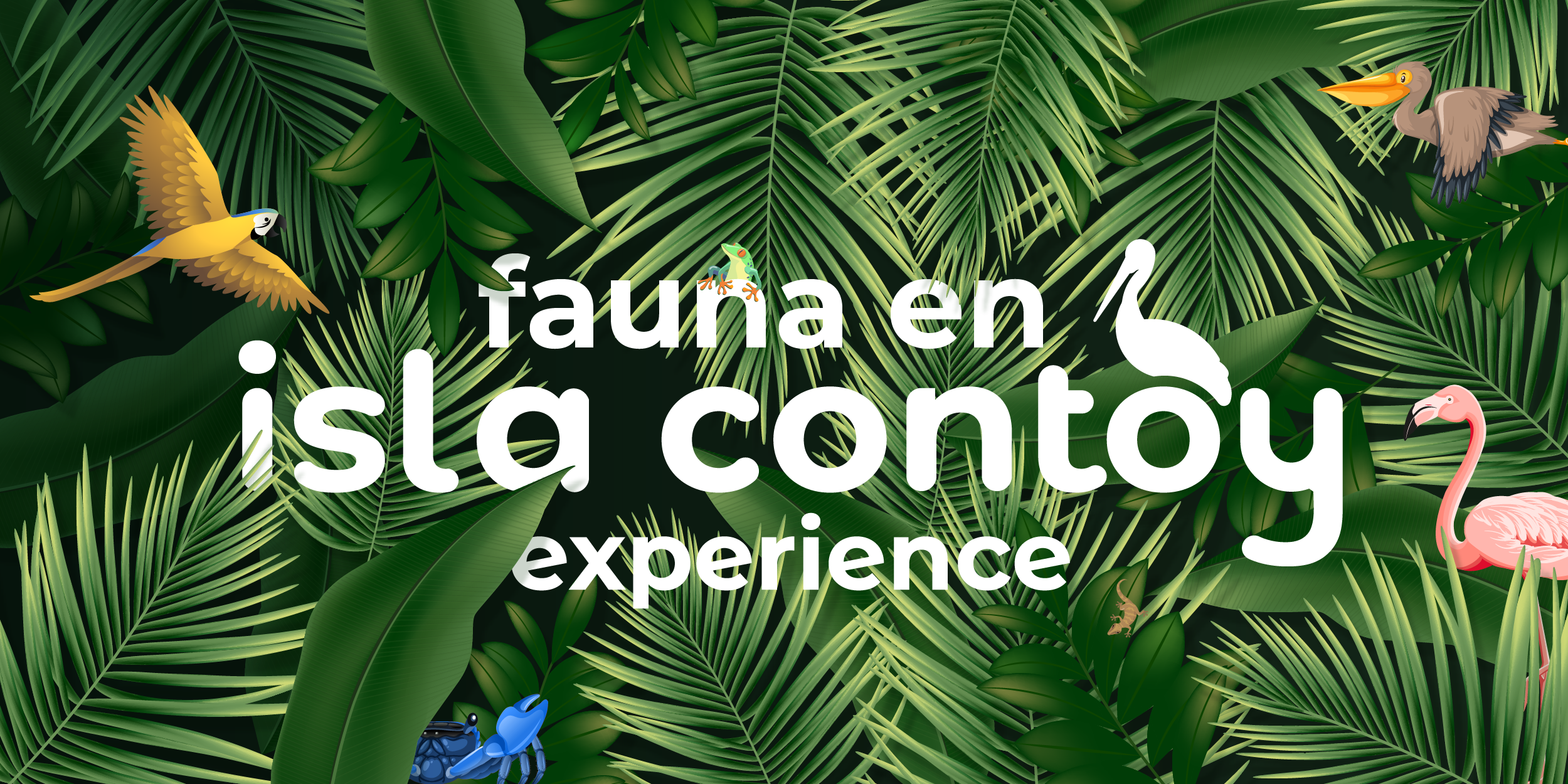
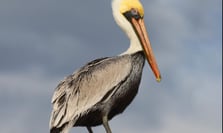
Isla Contoy, one of the Natural Protected Areas of Quintana Roo, is nationally recognized as one of the crucial biodiversity preservation areas in southern Mexico.
Isla Contoy National Park has stood out as an exclusive tourist-recreational site with a limited number of daily visitors.
These actions maintain the ecosystems and their functions (regulation of the continental phase of the hydrological cycle, aquifer recharge, stabilization of the local climate), values (biological resources, fisheries, and water supply), and attributes (refuge of biological diversity, cultural heritage, and traditional uses).
Thanks to all the protection obtained from the joint work of CONANP (National Commission of Protected Areas), SEMARNAT (Ministry of Environment and Natural Resources), SECTUR (Ministry of Tourism), Ministry of the Navy, among other Mexican Government agencies and civil associations, Isla Contoy has managed to maintain high standards in the care of its fauna. The above places it as a bird sanctuary and one of the most important marine ecosystems in the Mexican Caribbean.
When visiting Isla Contoy, the types of species you will encounter are diverse. During your trip, you can ask the park rangers to inform you about the animals on Isla Contoy and the places where you can admire them.
Here is a quick guide to the most popular animals in Contoy. Pay attention as you might find them easily.
Terrestrial species:
A total of 173 different species of birds have been recorded on the island, but it is impossible to see them all as some travel from far away and only stop at Isla Contoy to rest before flying to their final destination. However, you will likely encounter the following birds with the naked eye.
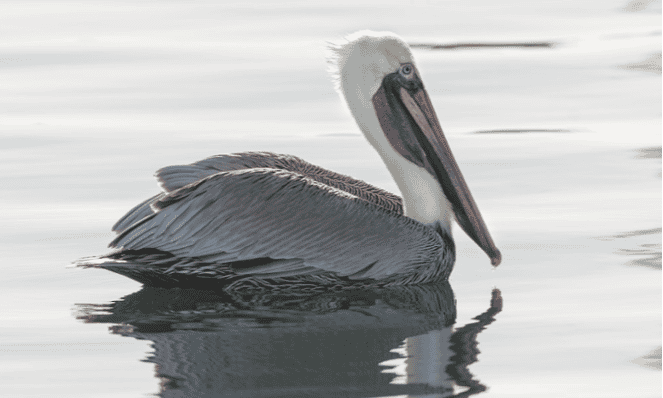
We can almost guarantee that this will be the first bird you will see and the most striking. Pelicans are natural protagonists thanks to their large size and the fact that they are not afraid to approach boats or areas with people.
Double-crested cormorant (Phalacrocorax auritus)
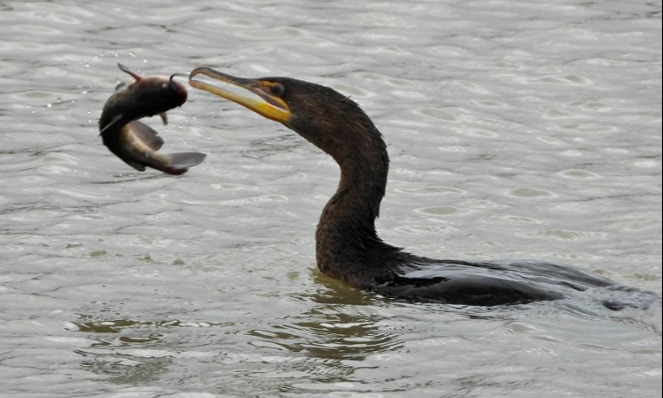
You can see it flying close to the water, almost always searching for a delicious fish. You can distinguish it by its dark plumage and the loud squawk you will hear in the distance.
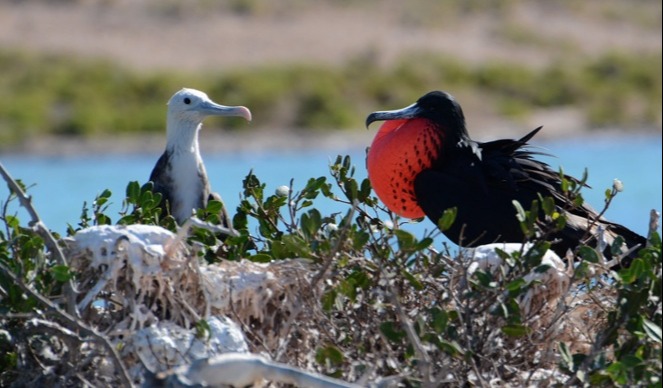
As it flies, you can distinguish them by their double-tipped tails. You will have to look up to find them, as their short legs always keep them in high places to make their flight easy. Males have a bright red pouch on their chest (called a gular skin) to store food, which they deploy when they want to court a female.
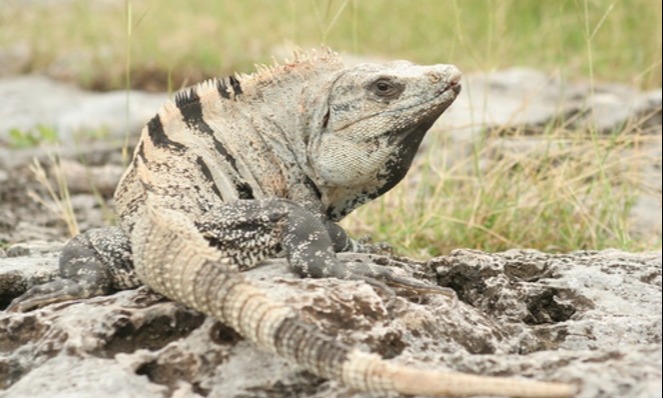
This iguana moves freely through the park, looking for sunbathing on the rocks, especially in the dune areas. The spiny iguana, a locally protected species, is very common throughout the Yucatan Peninsula.
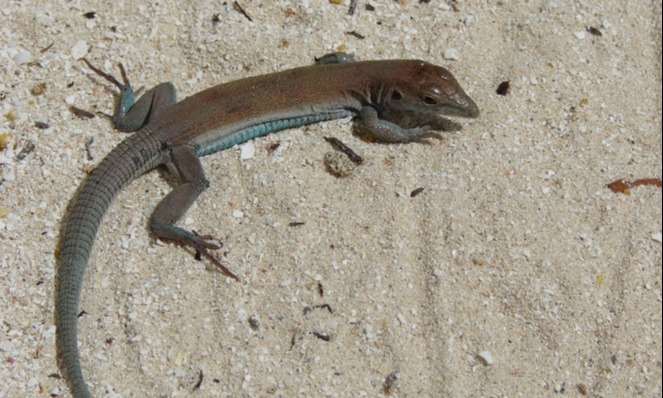
This type of lizard will be almost impossible to find since its colors hide it perfectly among the plants. If you find one of these, admire it very well because it is a species you will only find in some parts of the Caribbean, such as Cozumel and Isla Contoy.
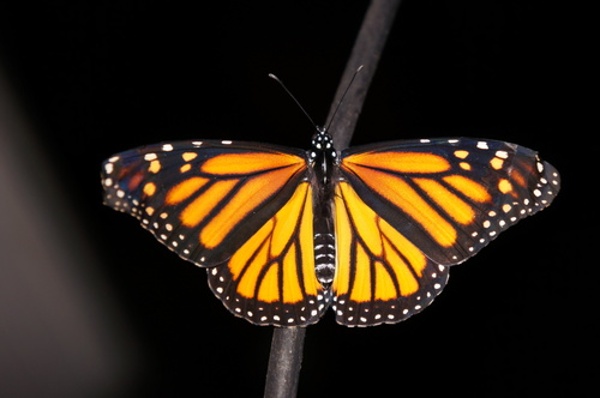
This butterfly is so famous in Mexico that several sanctuaries are dedicated to its care. It is a protected species that uses Isla Contoy National Park as a resting place while migrating north.
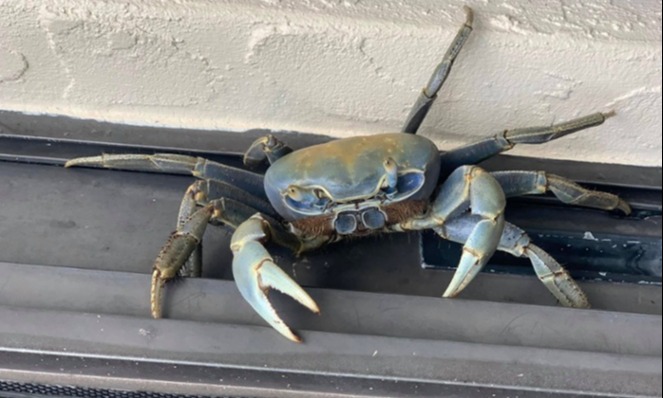
They live in muddy and mangrove areas. They sleep during the day and are more active at night. Their blue color makes them an interesting species to observe and photograph. In Contoy, they can be found on the edge of the mangrove.
MARINE INVERTEBRATES.

This particular sponge is very striking because of its vibrant orange color that contrasts with the blue of the sea. It looks like a rigid, porous stone.
This type of snail from Peru is dragged by the currents through the waters of the Caribbean until they reach Florida. Their presence helps to investigate the behavior of marine currents.
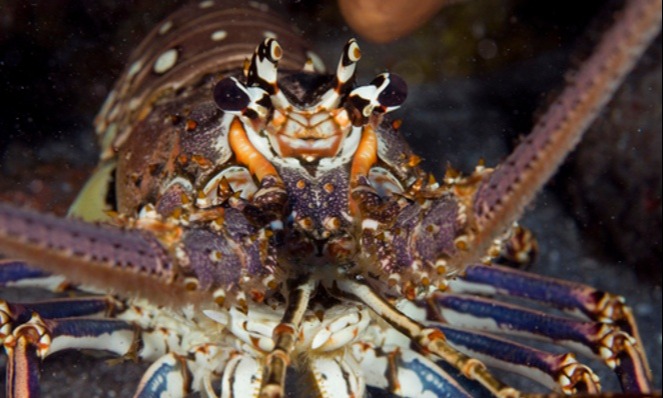
It is a marine crustacean common in the Caribbean area. It has no claws but has antennae that are larger than its body. It has been a source of human consumption by fishermen in the area since ancient times.
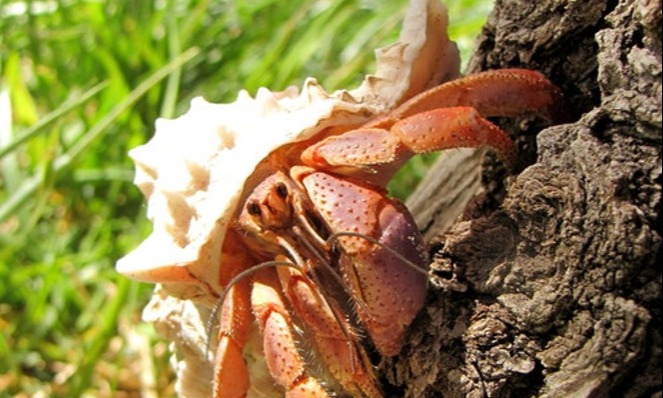
This specimen will be very easy to find. Just walk around the island and look down to see them moving within the museum and between the mangrove area. They move so confidently that you must be careful and watch your step.
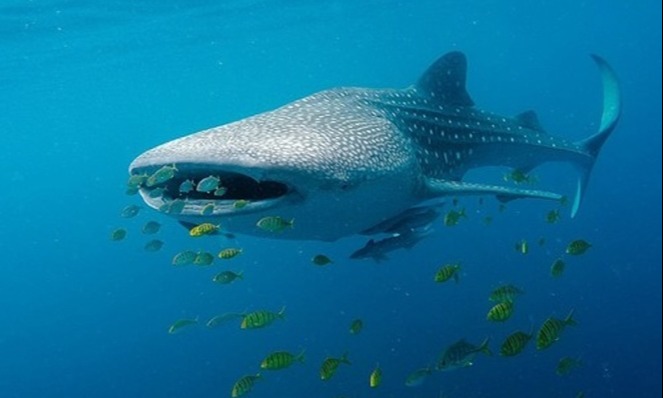
It is the largest fish in the world and is believed to have inhabited the earth for 60 million years. It lives in warm waters and moves alone (although it sometimes gathers with other specimens to feed in areas with a lot of food). When the whale shark arrives in the Caribbean, it is possible to swim with them as they do not pose any danger to humans. Remember, you can only admire this amazing species between June and August.
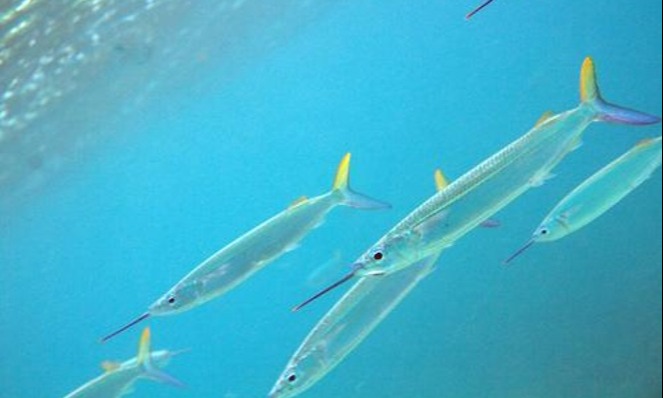
Its body is long, like a small snake, and has a sword-shaped beak. Its light green color helps it hide very well in the water of the Caribbean Sea, but if you pay attention, you can see it swimming on the beaches. It is used as bait in sport fishing.
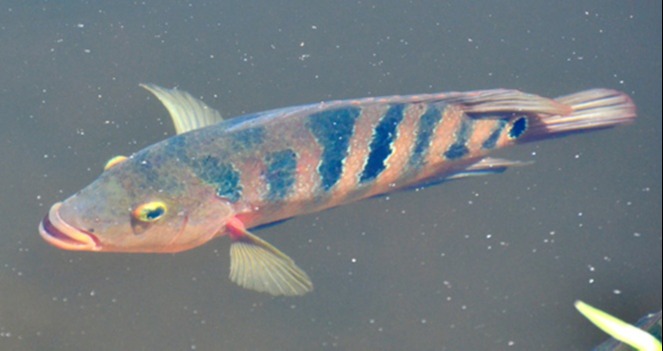
This fish is the most abundant in the Yucatan Peninsula. You can recognize it by the dark-colored spot on its tail and the vertical stripes along its body. It is so common that you are sure to see it while snorkeling or on the menu of several restaurants.
In Isla Contoy, you can see three types of sea turtles. Seeing them with the naked eye will be difficult since several are endangered and hide in deeper waters. If you pay attention, you may see them from your boat when they come up for air.
The three species are:
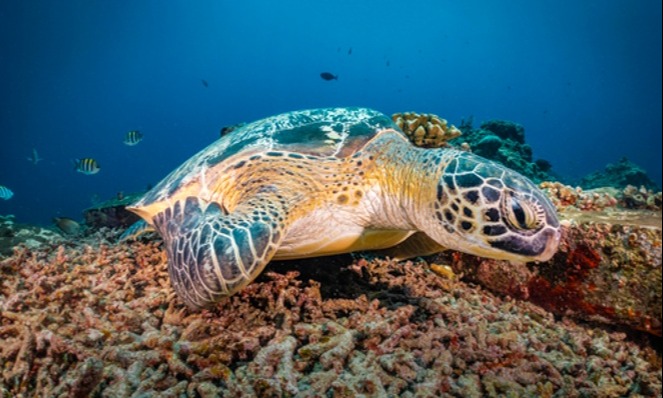
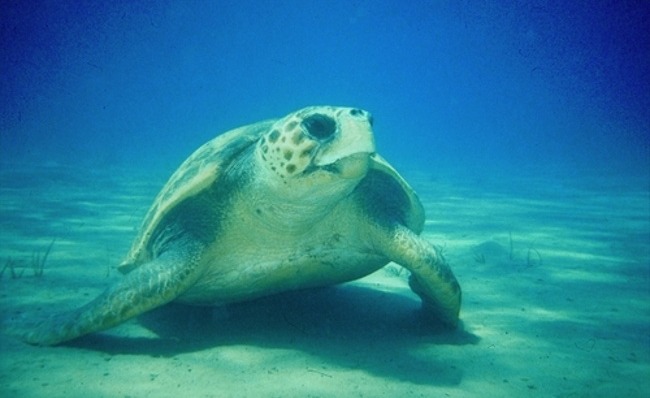

Isla Contoy National Park is a sustainable protected area for conserving sea turtles and works as a reserve, refuge, reproduction, and nesting area for sea turtles.
MAMMALS CONTOY
Due to the lack of fresh water on Isla Contoy, no mammals inhabit the island. The only exception is some types of bats that occasionally roost in the field station area and the island's southern tip.
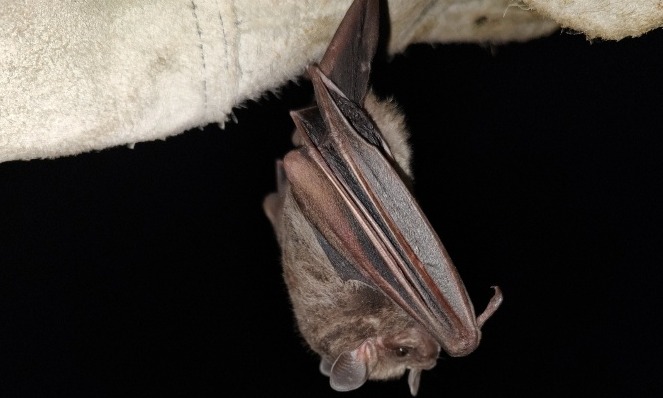
If you pay attention during your trip to Isla Contoy, you will see the species listed above. Only true explorers will find them all!

There are 7 lagoons on Isla Contoy, each playing an important role in the life cycle of the island's species. Read on and learn about these...
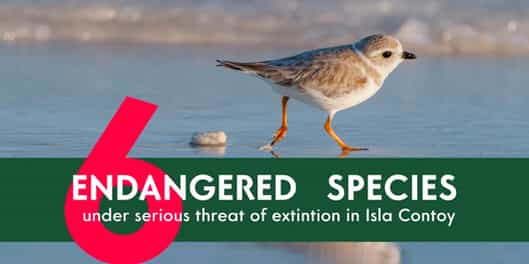
Although Contoy is a government-protected area, it is home to endangered species. Read on and learn about the 6 endangered species that inhabit Isla...
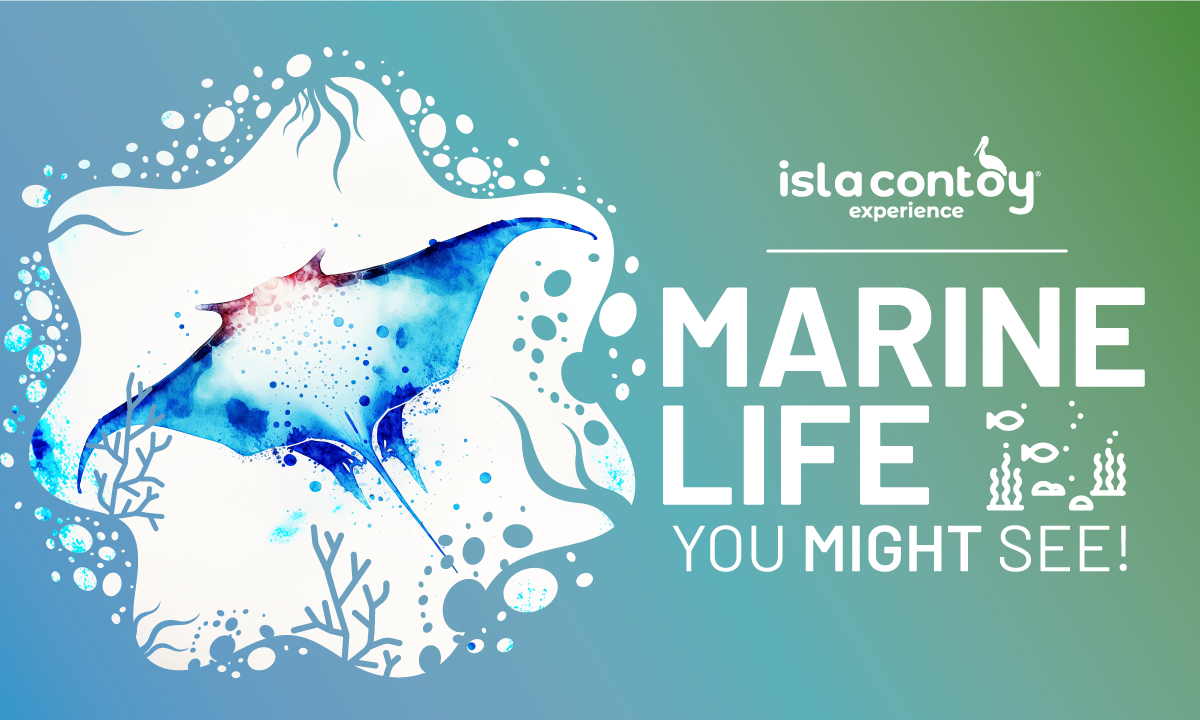
All set for your next tour to Isla Contoy? Put a lot on the road, because you might see these magnificent animals!